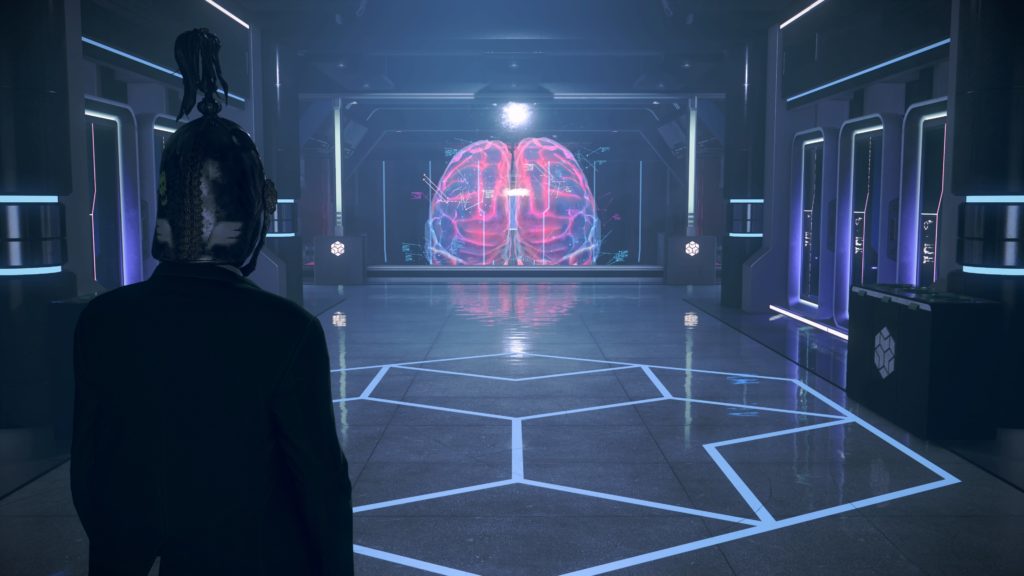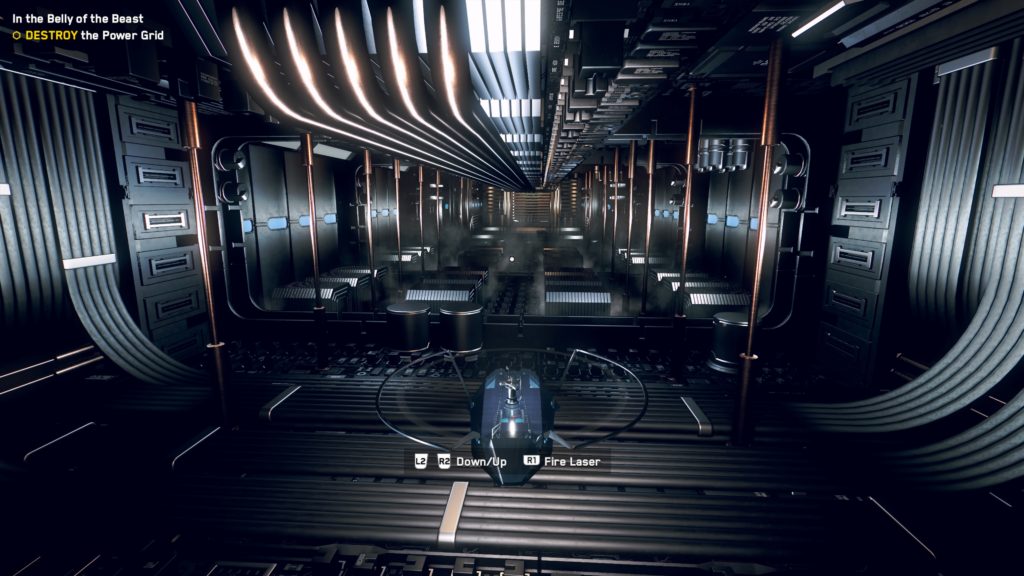- Genre: Sports
- Platform: PS5
- Also Available On: Windows, PS4, Luna, Stadia, Xbox One, Xbox Series X/S
This is one of those games that just hits the right parts of my brain. It’s a lot like Forza Horizon in that respect. I can jump into it at any point, just go towards the nearest random icon, and have a fun time. I can play the normal “serious” racing events and get some good action. I can play the fun events and be barreling down a mountain in an ice cream delivery bike. Either way, I know that I’ll be enjoying the ride.
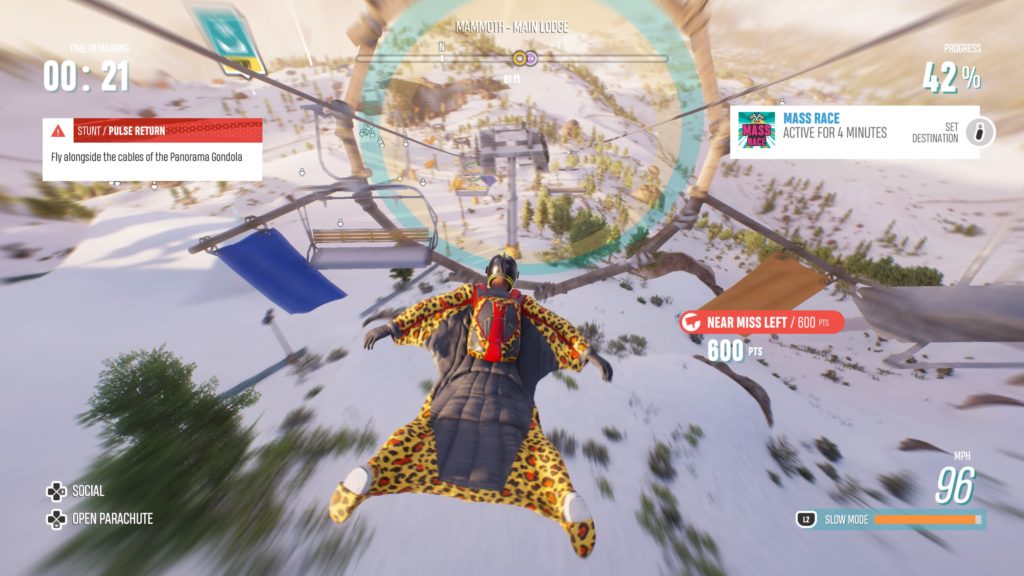
It’s kind of incredible how much mileage Ubisoft has gotten out of its open world formula, and this one isn’t any different. You have a big open world map, sections of it unveil as you go into them, new icons pop up as a result of that, the things you complete open up more things, etc. You know that getting to an icon will at least unlock something fun. Sometimes it’s a race, sometimes it’s a trick event, sometimes it’s cool loot. It’s pure Ubisoft, just as an action sports game. Everything that makes that style of game work still works here.
The important thing is that all of the event types work. Right now you’ve basically got three groups of things – snow, bike, and air – broken into some sub events. They all play a bit different, but the core is always the same – get through checkpoints, do stupid tricks, get rewards. The important part though is they all work well. In all cases the controls hit a perfect arcade mix of tight control vs floaty fun. Your jumps are absurdly large because gravity doesn’t really apply that much, letting you do 1080s and double flips with ease. However, you can also turn nearly on a dime with some power slide capabilities. You might be going 160mph in a jet-powered wing suit, then slam on the brakes to hit a tight corner going through some canyons. You might jump off a hundreds of foot high cliff and land without any damage. It’s all kind of outlandish and all kind of a lot of fun.
I can't believe I didn't smack a wall. pic.twitter.com/8ykEBlGB58
— Dan Weiss (@schenksmill) January 21, 2022
That said, the variety is also a big part of the draw for me. Bikes and snow events may appear similar on paper, but both the control of your avatar and environments allows for them to counteract as good breathers for each other. From what I’ve played so far, bikes in particular have a large number of lap-based events that are purely not downhill and snow has a larger number of purely arena-based trick events that really feed the difference between the two. If I was really feeling burned out on that, I’d do air events. Those in particular have a huge variety. The wingsuit events are pure adrenaline where you’re trying to build up points by getting as close to the ground as you can without crashing. The rocket suits on the other hand are pure racing fun, especially when you start to dive into canyons.
Even when I wasn’t really feeling like competing, there’s plenty of other things to do. My favorite side activity was easily the stunt challenges. These were spread around the environment and generally involved doing something extraordinarily stupid like riding a bike along a steel beam over a canyon or trying to use your wingsuit to fly underneath bridges covering a river. This is where your skills in staying on tricky lines was really tested in a fun way. On the other hand, it’s also extremely fun to simply exist in this world. SSX 3 has always kind of been my high point in terms of how good it felt to start at the top of a mountain and ride down it for the sake of it. Riders Republic really nails the same vibe. You can start at the top of any number of mountains and simply ride doing stupid tricks all the way down. You can jump off the top of huge cliffs just for the hell of it, nailing your wingsuit before you hit the bottom. It’s fun just for the sake of it, and it works spectacularly.
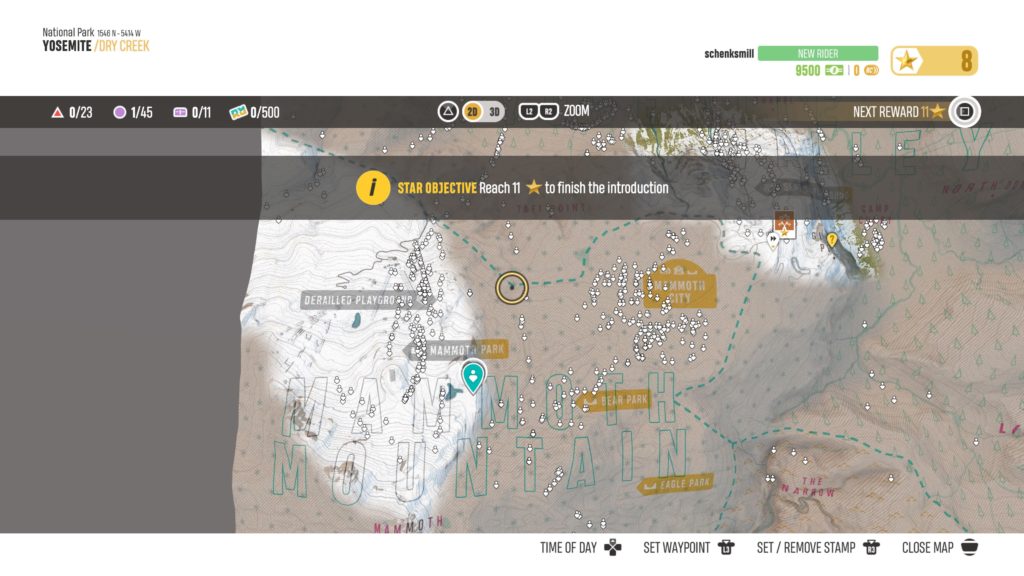
Normally, this is then where’d I’d be going hell ya play this game….but I can’t outright say that. This game is purely online only. Right now that works extremely well. Seeing everyone in the world map just doing their own thing is cool as hell. Screaming down a populated slope with dozens of other people is cool as hell. However, it also means this game has a shelf life. It’s not that I necessarily think Ubisoft is going to shut the servers off soon, but it’s going to happen eventually, and the game will be mostly gone. You can still free roam offline, which gets part of what I enjoy about the game, but none of the event stuff is playable offline at all. Once the servers are gone, the game is basically gone. As someone who’s worked on games that simply no longer exist, that sucks.
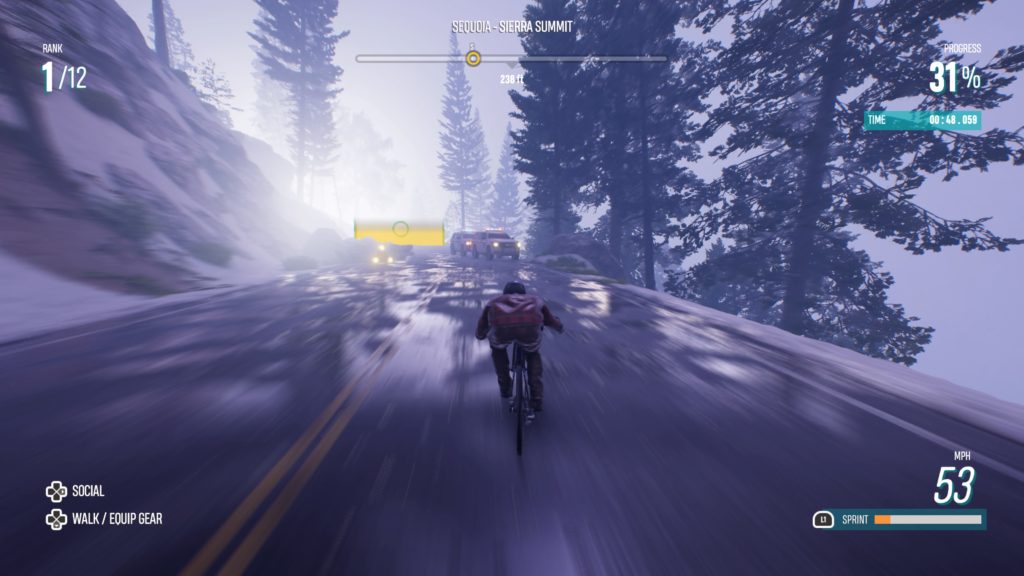
However, if that doesn’t bother you this is an extremely fun game. It hits a place that very few games really get to – fun for the sake of it. While this game is live and while it has a ton of players it’s definitely a sight to behold. The content that’s there just works really well across the board. The only thing to really cross my fingers about is that one day we see a patch allowing full offline play, because the game has everything already there to support it.


